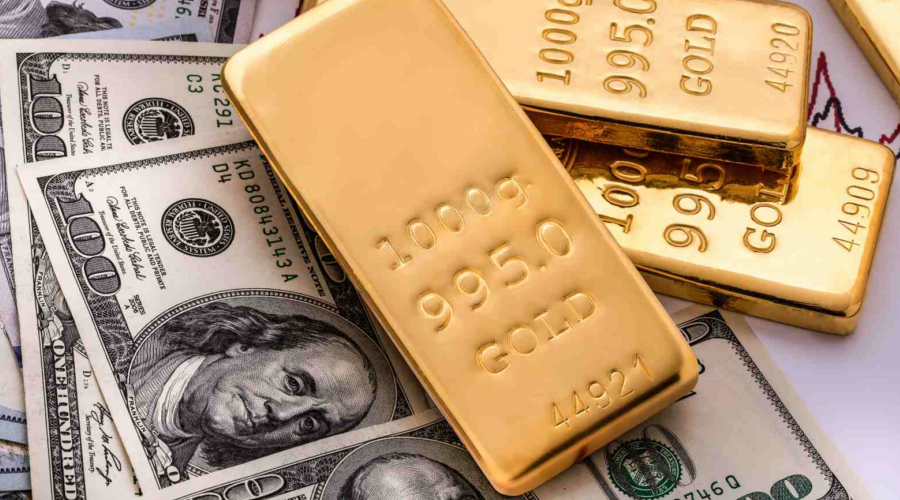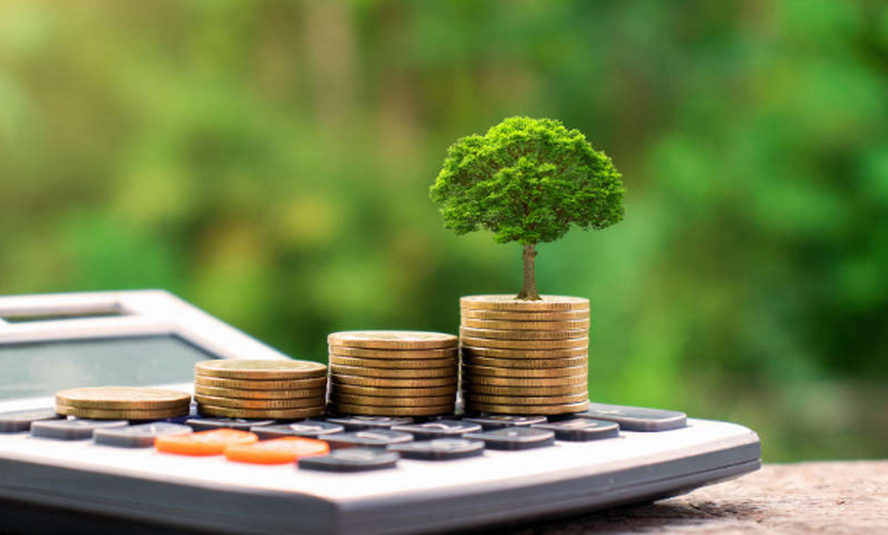The fluctuating exchange rates of illicit dollars and the impact of foreign currency and gold market trends have become a hot topic in recent months. With the cost of illicit dollars surpassing 3,000 kyats, businesses and consumers alike are feeling the pressure. This blog post explores the factors driving these shifts, their implications for local and global economies, and strategies to navigate the turbulence.
Why Are Illicit Dollar Rates Surging?
1. Market Demand and Supply Imbalance
The demand for dollars in the informal market often outstrips supply due to restrictions on foreign currency access through official channels. As a result, the illicit exchange rates soar.
2. Economic Uncertainty
- Political instability and economic volatility often drive people to seek safe-haven assets like gold and foreign currencies.
- This trend increases demand for dollars and gold, leading to higher costs in the black market.
3. Regulatory Constraints
- Strict foreign exchange controls push individuals and businesses to turn to illicit markets.
- The lack of transparency in these markets further inflates rates.
The Role of Gold Prices in Currency Fluctuations
Gold serves as a barometer for economic uncertainty. When gold prices rise:
- Safe-Haven Appeal: Investors flock to gold during economic crises, diverting funds from other assets.
- Currency Devaluation: Higher gold prices can indicate weakening local currencies, further fueling demand for dollars.
Implications of High Illicit Dollar Rates
For Businesses
- Increased costs for imported goods as businesses rely on informal markets for foreign exchange.
- Difficulty planning budgets due to unpredictable currency fluctuations.
For Consumers
- Higher prices for imported goods and services.
- Reduced purchasing power for local currency holders.
For the Economy
- Inflationary pressures as businesses pass on higher costs to consumers.
- Reduced investor confidence, hindering economic recovery efforts.
Strategies to Navigate Volatile Currency Markets
1. Diversify Your Portfolio
- Consider investing in assets like gold, real estate, or cryptocurrencies to hedge against currency devaluation.
2. Monitor Market Trends
- Keep an eye on foreign exchange and gold price movements to anticipate market shifts.
- Use reliable economic news sources for updates on regulatory changes and geopolitical developments.
3. Seek Professional Guidance
- Consult financial advisors to develop strategies for managing currency risks.
- Businesses should explore trade finance options to mitigate exposure to volatile rates.
4. Advocate for Transparency
- Encourage government and central bank policies that promote transparency and stability in the currency market.
What Lies Ahead?
With illicit dollar rates crossing 3,000 kyats and gold prices remaining elevated, navigating this volatile landscape requires vigilance and strategic planning. Efforts to stabilize the formal currency market and increase access to foreign exchange through legitimate channels are crucial for restoring balance.
Conclusion
The surge in illicit dollar rates reflects deeper economic challenges, including restricted access to foreign currencies and reliance on gold as a safe haven. Understanding the underlying factors and adopting proactive strategies can help individuals and businesses protect their financial interests in these uncertain times.





